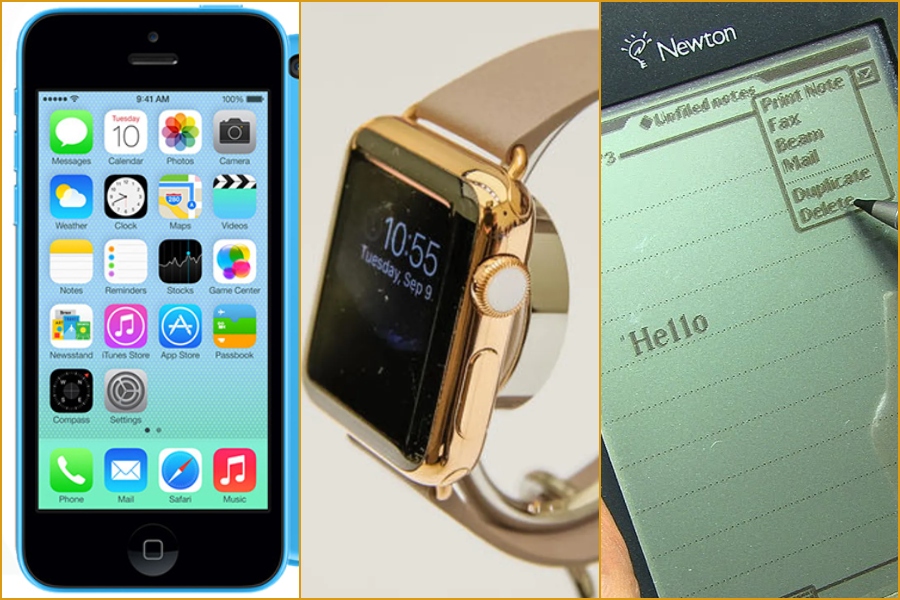
Published :
Updated :

When contemplating Apple, our minds often drift towards the brand's unparalleled iPhones, Macs, and iPads. However, despite Apple's undeniable success, the company has seen its fair share of missteps.
From wearables to smartphones and computers, here are Apple's five biggest flops of all time.
Apple Watch Edition (2015)
The Apple Watch Edition, unveiled in 2015, aimed to cater to those seeking a luxurious gold wearable. Priced between $10,000 and $17,000, the smartwatch failed to garner widespread interest. Despite initial enthusiasm for the Rose Gold and Yellow Gold finishes, sales flat-lined within weeks, leading to the inevitable discontinuation of the product.
Even a later attempt with the Ceramic Apple Watch Edition, priced at over $1,000, failed to gain traction, prompting Apple to abandon the Edition line entirely.
iPhone 5C (2013)
In 2013, Apple took a departure from its premium design philosophy with the iPhone 5C, priced at $550, as a budget-friendly alternative to the iPhone 5S. Marketed for its colourful plastic build, the iPhone 5C failed to attract consumers willing to compromise on build quality for a lower price. The limited success led to its discontinuation, and Apple shifted its strategy to re-selling older iPhones as SE variants with upgraded internals.
Power Mac G4 Cube (2000)
The Power Mac G4 Cube, released in 2000 at $1,799, boasted a sleek and compact design. However, limited upgradability, offering only one AirPort card and three RAM slots, deterred potential buyers. With the Power Mac G4 providing more flexibility at a lower cost, the Cube struggled to justify its price. Selling only around 150,000 units, the G4 Cube was labelled a 'spectacular failure' by Tim Cook, leading to its discontinuation.
Newton MessagePad (1993)
Priced at $900, the Newton MessagePad, introduced in 1993, was a promising Personal Digital Assistant (PDA) that allowed users to save contacts, write notes, and even send faxes. However, its downfall lay in inaccurate handwriting recognition, a critical flaw given its core functionality.
Despite efforts to enhance recognition, competition from rival manufacturers and a tarnished brand led to the sale of only around 200,000 units.
Lisa (1983)
This is Apple's oldest failure, which dates back to the company's initiation. The Local Integrated Software Architecture, or Lisa, marked Apple's foray into business-oriented computers in 1983. Featuring a mouse and graphical user interface, it carried a hefty price tag of $10,000 (equivalent to around $30,000 today). With approximately 100,000 units sold and thousands buried in a Utah landfill, Lisa failed to find widespread acceptance due to its prohibitive cost.
While these products may be considered flops, Apple's ability to learn from failures has been crucial to its success. The company's commitment to innovation and quality has resulted in the creation of products that have become integral parts of our daily lives.
shuvrosaikat87@gmail.com


 For all latest news, follow The Financial Express Google News channel.
For all latest news, follow The Financial Express Google News channel.